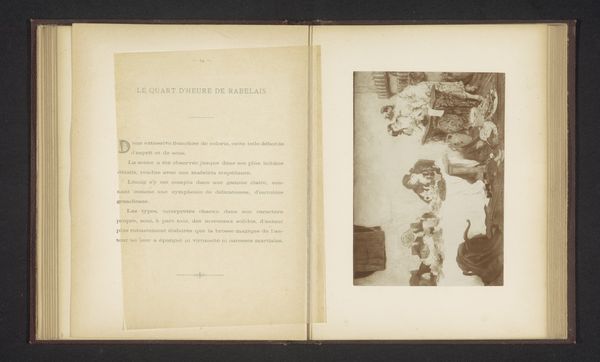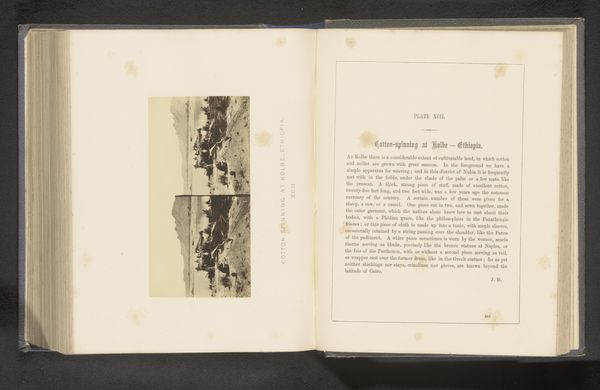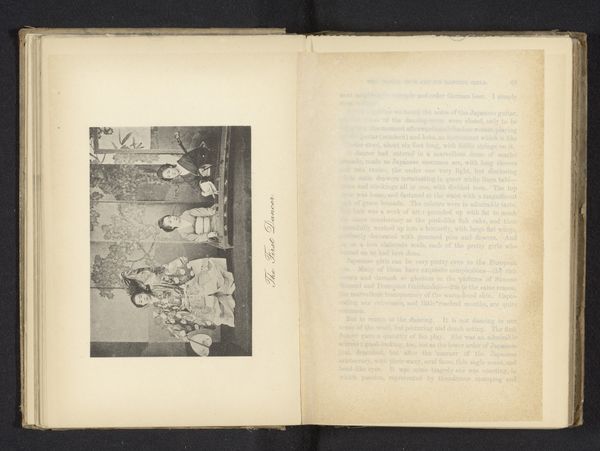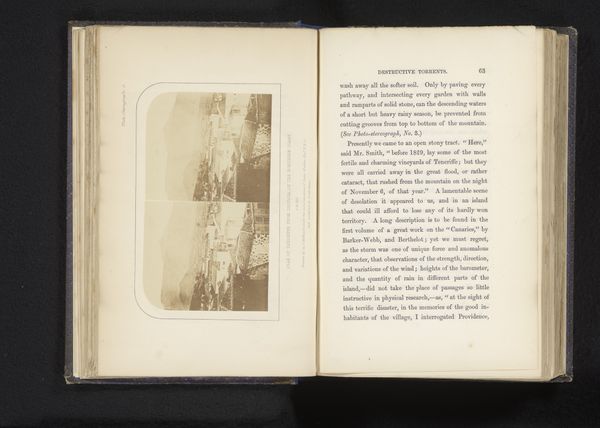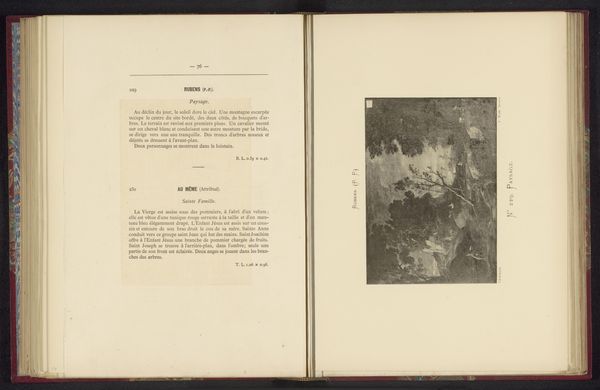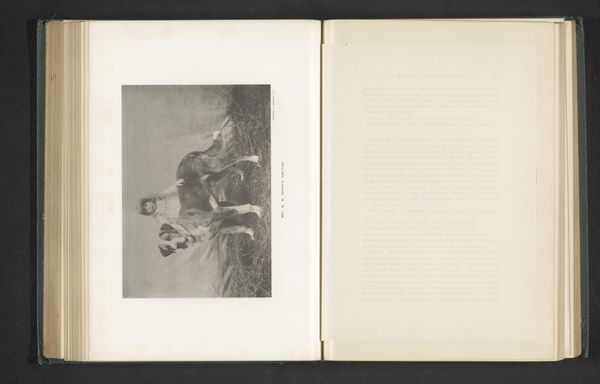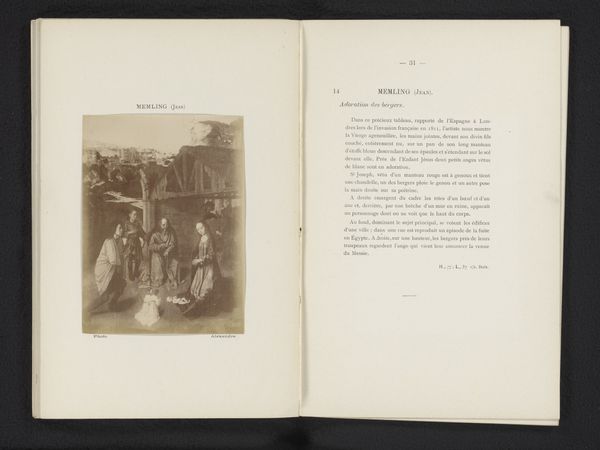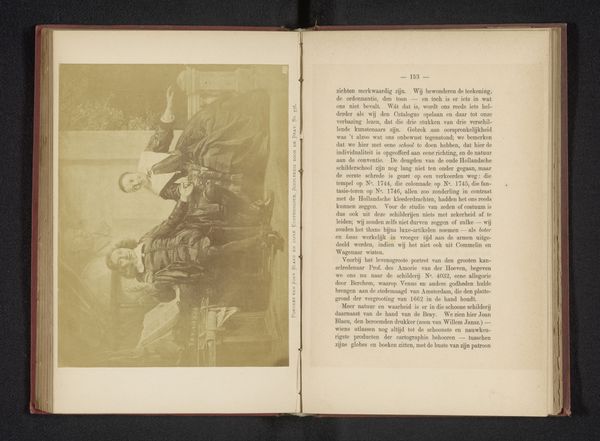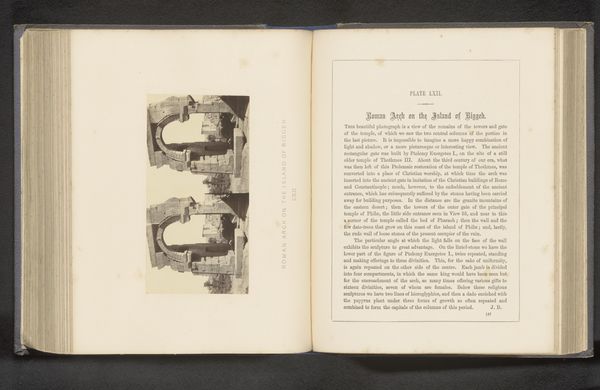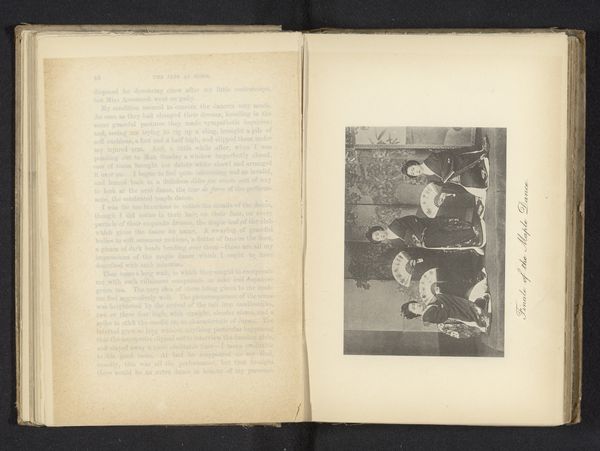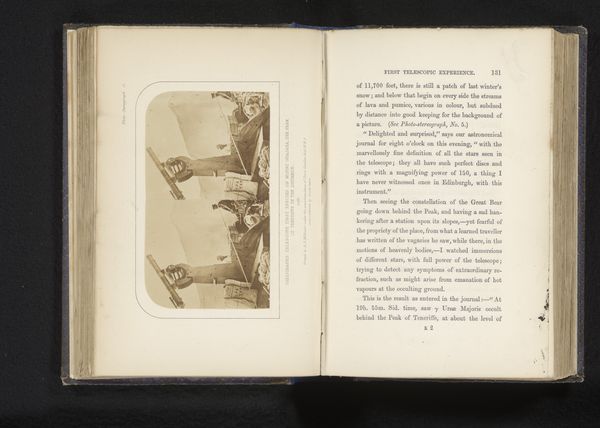
Fotoreproductie van een schilderij van twee mensen die een kaartspel spelen waarvan er één valsspeelt door Willem Linnig (II) before 1896
0:00
0:00
Dimensions: height 113 mm, width 163 mm
Copyright: Rijks Museum: Open Domain
This photogravure reproduces a painting by Willem Linnig, and captures a scene of deception during a card game, embodying themes of morality and social critique prevalent in genre paintings. At the heart of the composition is the card game, which historically has been used as a stage for human drama, revealing inner characters. We see a central figure cheating, a timeless motif found throughout art history from Caravaggio’s own “Cardsharps”, a theme echoed across centuries in different artistic forms. The act of cheating itself becomes a symbol of broader societal ills. This is the re-emergence of the serpent figure: the snake in the grass. Consider the psychological implications. The surreptitious glance, the hidden card—these elements tap into our collective anxieties about trust and betrayal. The game becomes a stage for psychological revelation, engaging viewers on a deep, subconscious level. Like a snake eating its own tail, we witness the non-linear, cyclical progression of this symbol, a motif that resurfaces and evolves, reflecting the dynamic nature of human experience.
Comments
No comments
Be the first to comment and join the conversation on the ultimate creative platform.
